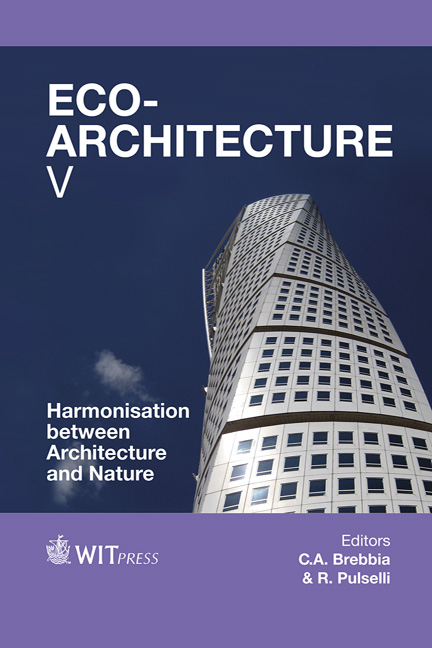Implementing An Ecosystem Approach To The Adaptive Reuse Of Industrial Sites
Price
Free (open access)
Transaction
Volume
142
Pages
12
Page Range
433 - 444
Published
2014
Size
558 kb
Paper DOI
10.2495/ARC140371
Copyright
WIT Press
Author(s)
L. Kirovová, A. Sigmundová
Abstract
Global changes and processes associated with the transition to post-industrialism that are interconnected with the downturn of heavy industry and the rapid growth of the service sector have greatly influenced everyday life and the structure of towns and cities. The majority of cities changed through industrialisation must now deal with vast brownfields and the associated problems. Consequently, issues connected with the adaptive reuse and regeneration of industrial cities have thus emerged as an established discipline, although whether contemporary regeneration is sustainable remains an open question. Since it is thus important to understand the potential of former industrial areas for resolving and mitigating environmental and social problems which have occurred in the past, it is necessary to identity sustainability principles for adaptive reuse that will lead to the reintegration of former industrial sites into the local socio-economic and urban structure. This will also assist us in attaining sustainability in respect to new functions for former industrial sites, spur regeneration, and increase habitability. Viewing such sites in terms of ecosystems makes it possible to perceive them as complex and dynamic systems formed by a pattern of diverse interacting subsystems with characteristic metabolic cycles. Because the majority of industrial complexes have operated according to a model of rational metabolic cycles representing technological flows, the ecosystem approach is both relevant and useful for understanding the complexity of the issue and identifying sustainable ways in which to readapt discarded industrial sites.
Keywords
industrial sites, adaptive reuse, ecosystem approach, habitability, sustainability, material reuse, economic factors, vegetation, water management, social factors





